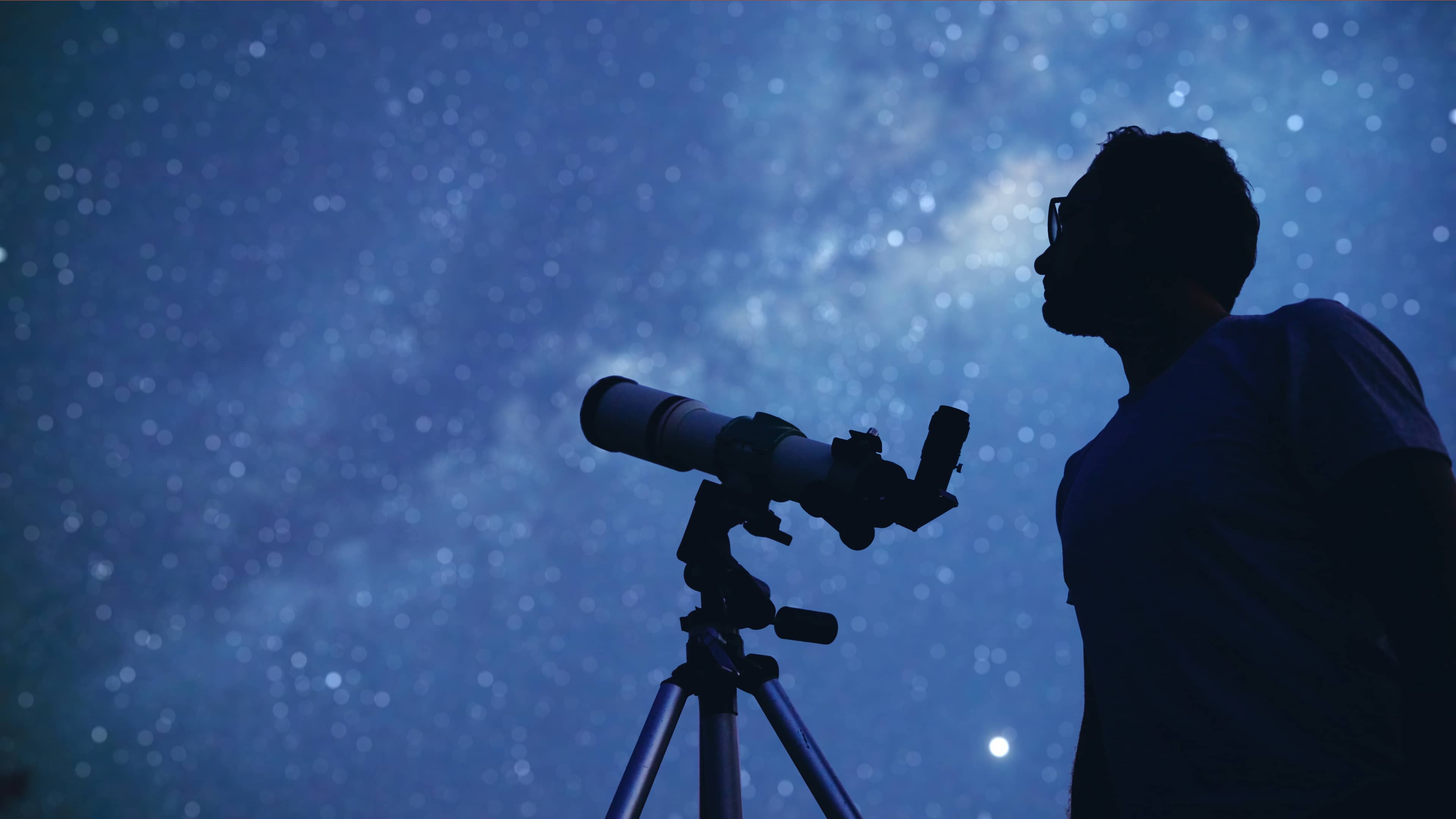Discovery, what's the big idea?.
A question every developer has been asked at some point, but a valid one, "what actually is discovery?". In this blog, we look at the importance of setting discovery at the forefront of a project.
Date
10/31/2022
Sector
Workforce
Built Environment
Subject
Project Lifecycle
Article Length
4 minutes

Discovery, what's the big idea?.
Share Via:
The fabled question most software developers that use a discovery centred approach to projects will have heard a multitude of times, “What is the point of discovery?” “What does discovery mean?”, “What does it achieve?”.
At Arch, we sit discovery at the forefront of our projects. Its validity as a practice is acknowledged by the team as being essential to the success of the project. But what actually is discovery? And why is it important?
In this blog, we’ll take a look at the value of discovery, and what it achieves for us and our clients.
Phase 1: Meeting, miro and mapping
We begin all projects with a discovery phase to help narrow the scope and to get initiatives rolling in the correct direction. We work through the documents provided to us in the leadup to discovery, be those briefs, reference sites or services, current assets or branding developed by your team to bring to light all of the relevant information that needs to be addressed during the design and development phases. The primary tooling we use for this phase of discovery is miro. Think of it like a digital whiteboard. Here we brainstorm and map everything, including:
- Goals.
- Measures of success.
- Risks.
- Phase 1 future immediate phase requirements.
- Development approach based on requirements.
The filling out of the miro board takes place in a meeting with your key stakeholders either in person, or online. In these workshops, our team comprises a project manager, 2 developers and 2 designers. This combination of expertise ensures we’re able to provide optimum outlooks on UI/UX elements, as well as the most appropriate tech options for delivering against your goals. This is also our opportunity to gain valuable insights about your users, and what might impact their use of your services. It is in this context that we also set in stone the key objectives of undergoing the project development, learning what your organisational motives are, and associating these to optimum development styles and pathways.

Example miro board outputs
Phase 2: Finding the best route
Any product's success is determined by what consumers desire - if users are not getting what they want from the product, it will struggle to perform. We utilise personas to visualise the end customers for whom the application is intended, including their surroundings, habits, and interests. This ensures that features in the app benefit those consumers while also assisting the project team in connecting with the target audience.
It’s also key that we take the discovery phase as an opportunity to make you and your stakeholders comfortable with the team that you’ll be working with for the months to come. We set our teams at the discovery phase for the duration of the project, so unless there is expertise that we feel could be harnessed by another member of the team for the development of a particular feature, you’ll be meeting, in your workshops, your final team. We’re able to do this due to our high staff retention rates, which allow for a very concrete approach to the team structure from the outset. For us, team knowledge and continuity all play a role in delivering a successful project & partnership.
Phase 3: A scope set in stone
The final output of the discovery process is an overview of all project requirements called a Scope of Work (SOW). This incorporates digesting all of the identified requirements of the project and backend systems, personas and research which form the main outputs of the Discovery process. We take all of the information outlined, and formulate a set plan of activity and efforts across the already assigned team. This detailed SOW provides you and your team with a full understanding of:
- Timelines against a phased release.
- Sprint plan.
- Fixed cost to complete the development work and launch the platform + future phased costs for any features that we agree do not need to be in phase 1.
The cumulative documents produced at the end of the discovery phase provide us with a comprehensive outlook of the project, and an action plan to deliver against the project goals. It ensures that we begin the design and development phases of the project with no assumptions.

To conclude
Discovery is an essential part of our process. It’s the catalyst for the client/developer relationship and the former of guidelines by which all parties will follow. While we have a good process to follow for discovery, it’s by no means immaluable.
Our Head of Product, Jo Samways sums it up well;
“At Arch we want to support the people we work with in making the best possible product, and discovery helps us understand and absorb all of the work that our clients have put into researching their audience, identifying their objectives, and the story of the journey so far. The more we understand about what they're trying to do and who they're doing it for, the more innovative we can be with our solutions and product design to make sure that we are building something that will be loved by their audience and can be scaled, iterated upon and improved as their business grows.”
We hope you’ve gained some insight that will allow you to further appreciate the essential nature of the discovery process. For more information about our process and the tools we use during discovery, check out our services page here.